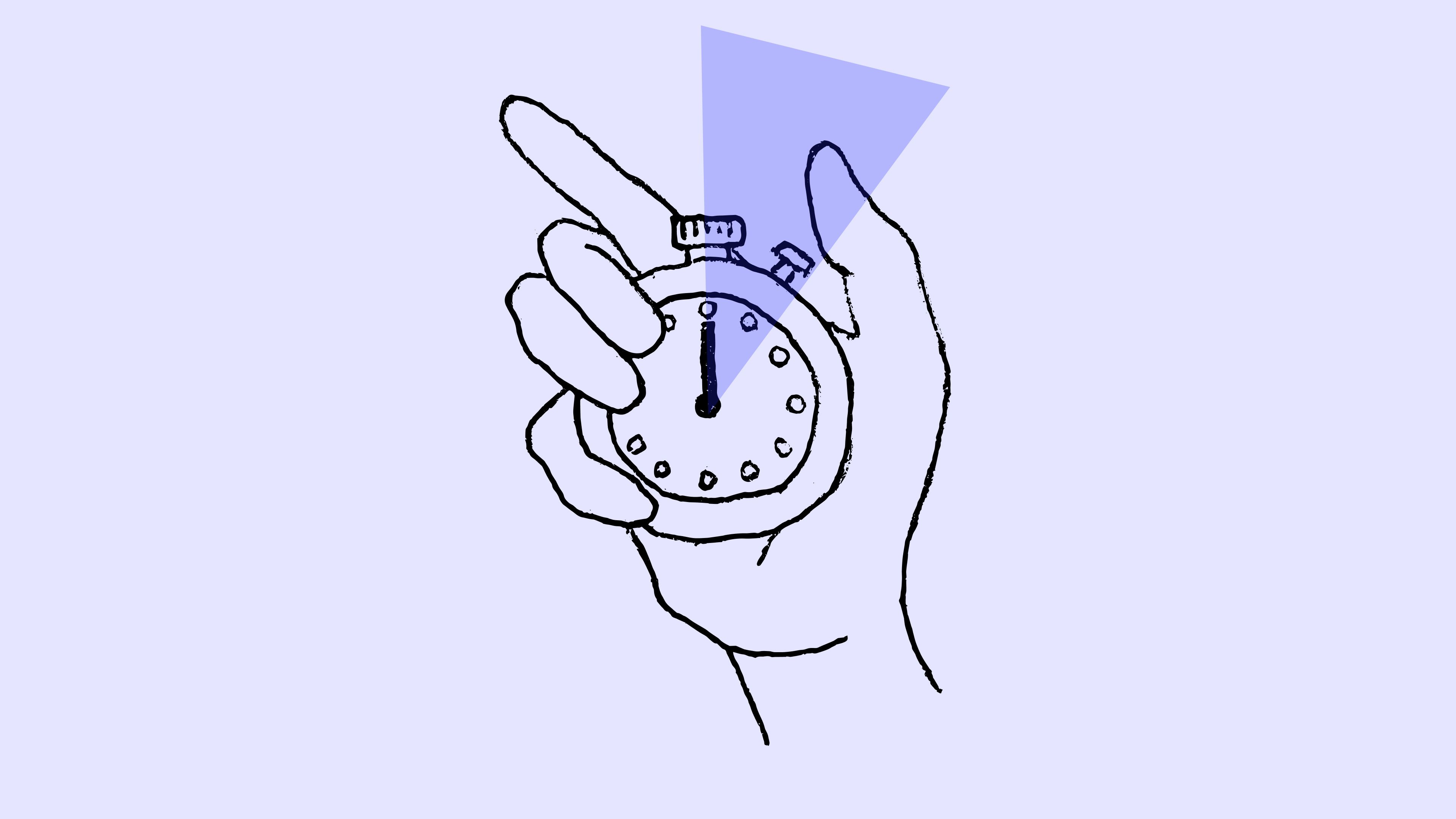Semi-structured interview - how to get started


A semi-structured interview combines the best of both worlds: structure and flexibility. You mix a number of predetermined interview questions but allow for flexibility and adapt according to the conversation.
This differs from a structured interview where you only work with predetermined questions or an unstructured interview where you do not work with predetermined questions at all.
So what are the advantages and how does one proceed to conduct an effective semi-structured interview?
The advantages of a semi-structured interview
Semi-structured interviews offer a unique balance. On one hand, you have prepared questions that ensure you cover all necessary topics. On the other hand, they allow flexibility so that the interviewer can delve deeper into the respondent's answers, providing richer and more detailed information. This method is ideal for collecting qualitative data, understanding behaviors, opinions, and motives.
Practical examples
Market research
Assume you are a market researcher wanting to understand consumers' attitudes towards sustainable packaging. You start the interview with general questions like "How important is sustainable packaging to you when choosing products?" Based on the responses, you can then delve deeper into the discussion with questions such as "Can you mention any specific products you have chosen because of their sustainable packaging?" or "How do you balance the need for sustainability with other factors such as price and quality?"
User study within IT
You conduct interviews to collect user feedback on a new software application. After the initial questions such as "Describe your experience using our new application", you can ask more specific questions based on the user's responses, like "You mentioned that the interface was challenging, can you elaborate on what specifically was difficult?" or "Which features would you like to see improved or added in future updates?"
Job interviews
Within HR, semi-structured interviews can be used to gain a better understanding of candidates' experiences and competencies. A question might be, "Describe a challenge you have encountered in your previous work and how you dealt with it." Based on the answer, follow-up questions may include, "How do you apply that experience in future situations?" or "What lessons did you take away from that experience?"
Academic research
If you are researching the impact of the work environment on employee well-being, you can start with questions like "Describe your current work environment." You can then delve deeper with questions such as "How does the work environment affect your daily work performance?" or "Are there aspects of your work environment that you would like to change?"
Preparations for the interview
Define the Purpose and Goals
Start by clearly defining the purpose of the interview. What is it you want to understand or discover? This will help you stay focused and ensure that your questions are aimed at achieving your goals.
Develop an Interview Guide
Create a flexible interview guide that includes a mix of open-ended and more directed questions. Make sure the questions are open enough to allow for detailed answers but still specific enough to provide insights related to your goals.
Understand the person you are interviewing
Make sure you have a solid understanding of the person you are interviewing. Understand their background & experiences. This will help you to ask relevant and meaningful questions.
Learn to listen
Learning to listen is important when conducting a semi-structured interview. By listening carefully and responding with follow-up questions, you get the most out of the interview.
Be flexible
Be ready to deviate from your interview guide based on where the conversation leads. By exploring unexpected topics that arise, you can gain more value from the interview and learn more from the conversation.
Check Technical Equipment
Test all technical equipment before the interview. Be comfortable with the tools you are going to use, whether it's a video meeting or if you're recording the meeting with a voice recorder.
Think about the analysis of the interview
Plan in advance how you will analyze and process the information from the interview. This may involve planning for transcription, coding, and analysis of the data.
Expectations and Follow-Up
Clarify your expectations with the person you are interviewing and discuss any follow-up steps. This includes informing about when and how the results of the interview will be used or shared.



